Armadillos in Florida are more than just armored wanderers of the wild. Their curious shuffle, shielded scales, and innate ability to hunt insects make them a captivating sight.
But where can one find these elusive critters? And what stories do they carry from their past?
This guide offers you a sneak peek into their world, promising insights into the best spotting locations and their fascinating history in the Sunshine State.
Join us as we explore the mysteries of Florida's armadillos.
Armadillo Adventures: Florida's Hidden Gems
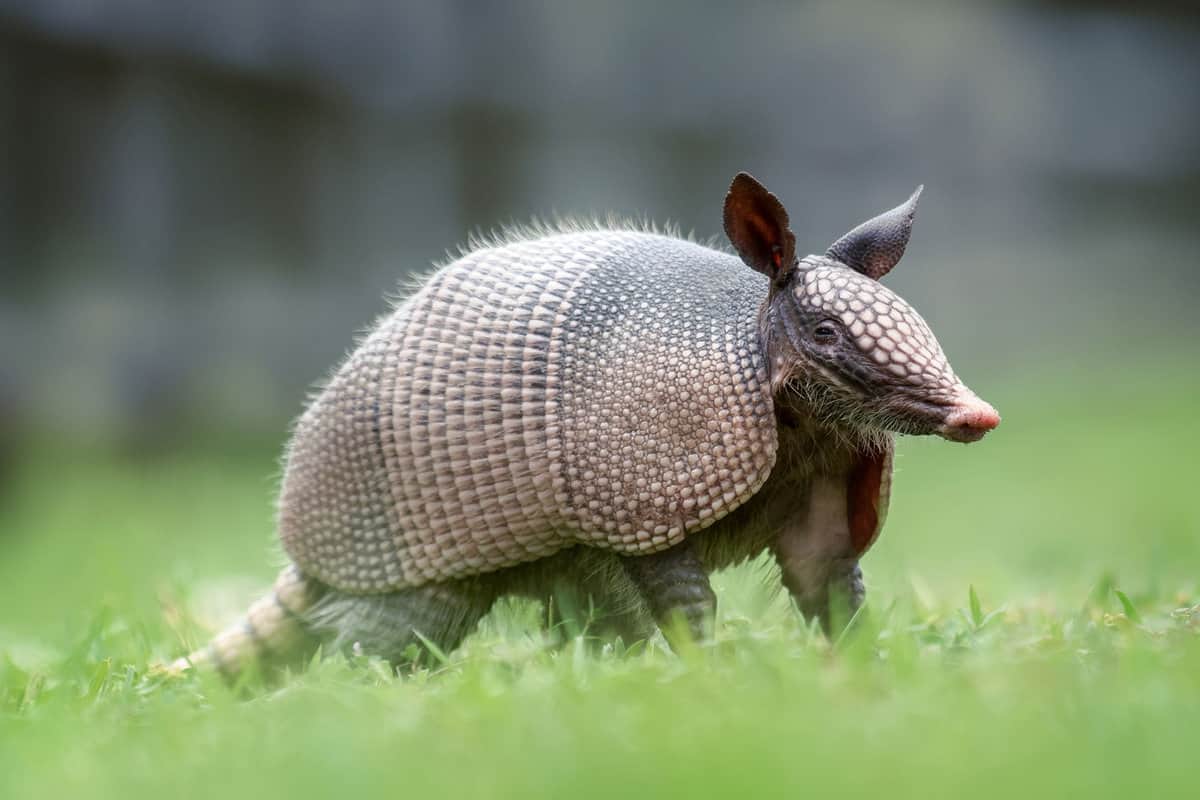
Florida's lush woodlands are home to a unique resident: the armadillo. With their distinctive armored scales and keen sense of smell, these creatures have perfected the art of the insect hunt.
For wildlife aficionados, catching a glimpse of these ancient mammals becomes a memorable pursuit.
Read on to uncover the top spots to catch these armored oddballs.
1. Ocala National Forest: Armadillo's Favorite Playground
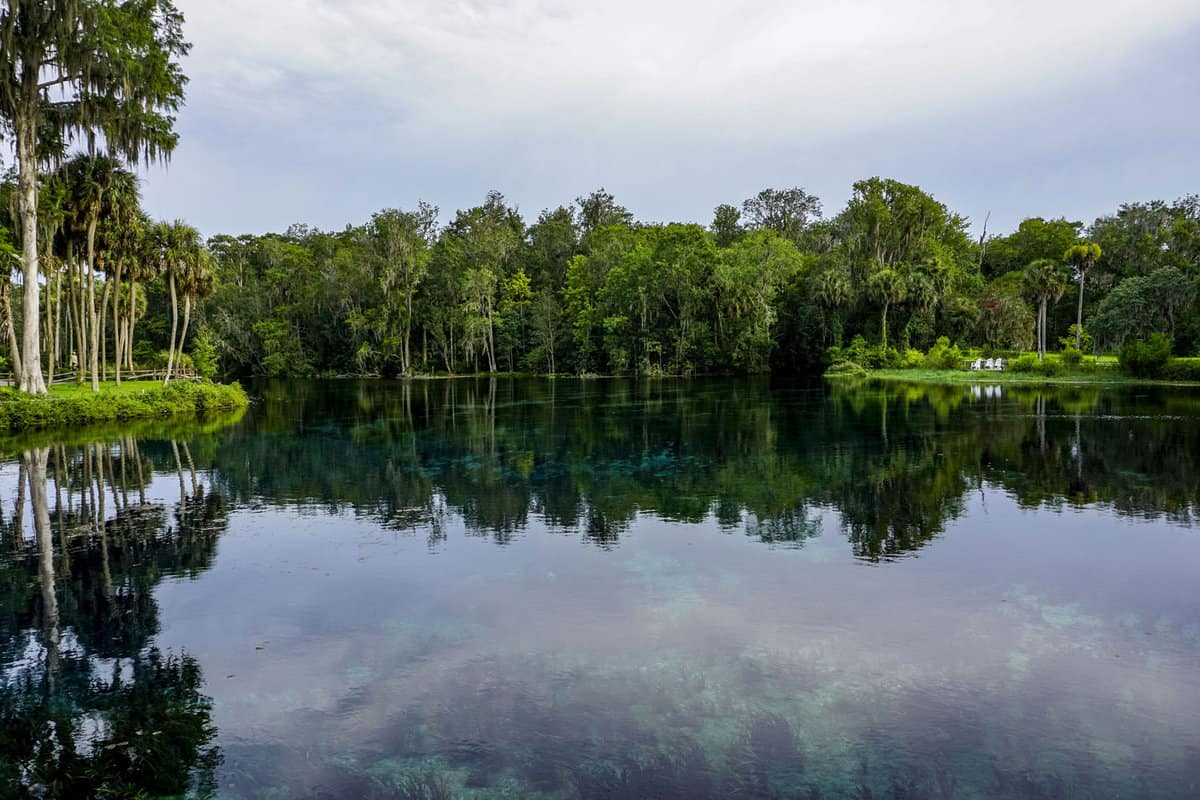
Nestled in the heart of Florida, Ocala National Forest is the state's most extensive.
Here, armadillos find solace near serene springs and sandy banks, making their digging pursuits effortless.
Adventurers should consider exploring trails such as Lake Dorr and Clearwater Lake.
Keep a keen eye, and you might witness armadillos busily searching for food or peacefully resting in their burrows.
2. Myakka River State Park: Dawn and Dusk Adventures
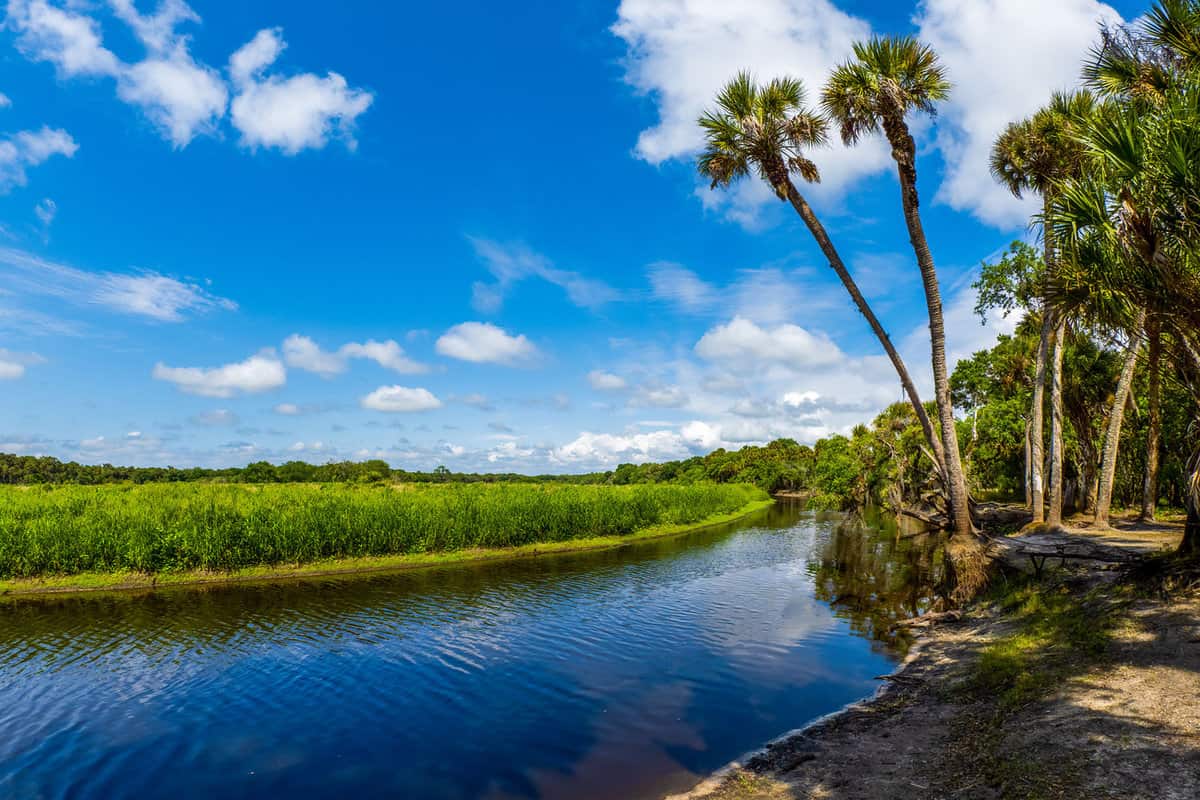
This wild expanse of wetlands and prairies, Myakka River State Park, houses an impressive number of armadillos.
To maximize your sighting odds, venture out during the early mornings or late afternoons.
The roadsides and forest perimeters buzz with activity as armadillos scamper about.
Tip: Embarking on your journey just before sunset might be your golden ticket.
3. Paynes Prairie Preserve State Park: A Savanna Spectacle
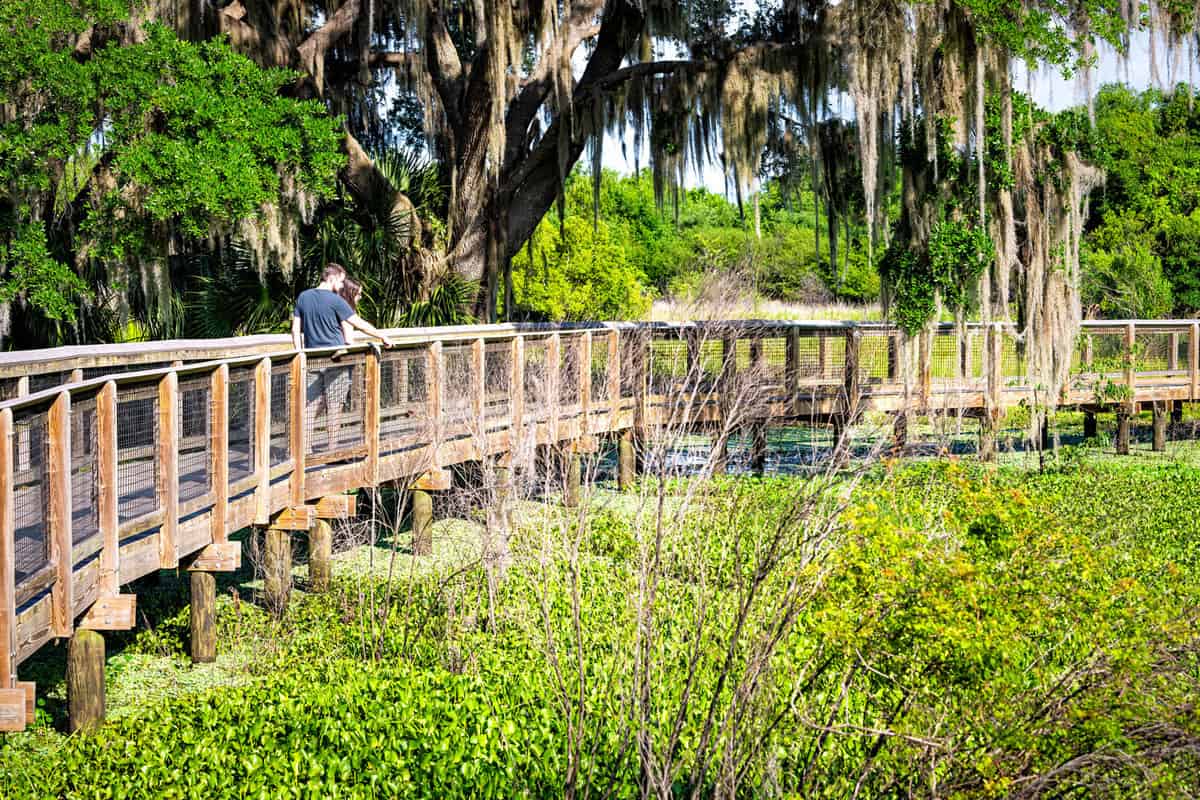
Paynes Prairie often comes to mind when one thinks of iconic Floridian landscapes.
This magnificent savanna is a visual treat and a haven for armadillos. As the sun rises or sets, these creatures make their grand appearance.
The La Chua Trail proves to be a hotspot. As you stroll, watch for burrows crafted in limestone, signaling the presence of our armored friends.
Also read: 8 Scenic Hiking Trails in Florida for Nature Lovers
4. Beyond Designated Parks: Stories from the Streets

Armadillo encounters aren't restricted to preserved territories. As their numbers swell, their territory widens.
So, be vigilant whether you're driving through rural stretches, admiring forest fringes, or simply taking a nighttime stroll in your suburban backyard.
An armadillo might be around the corner, ready to surprise you with its unique charm.
Also read: 10 Most Scenic Hiking Areas In The Florida Panhandle
Armadillo Awe: The Endearing Qualities of Florida's Shielded Inhabitant
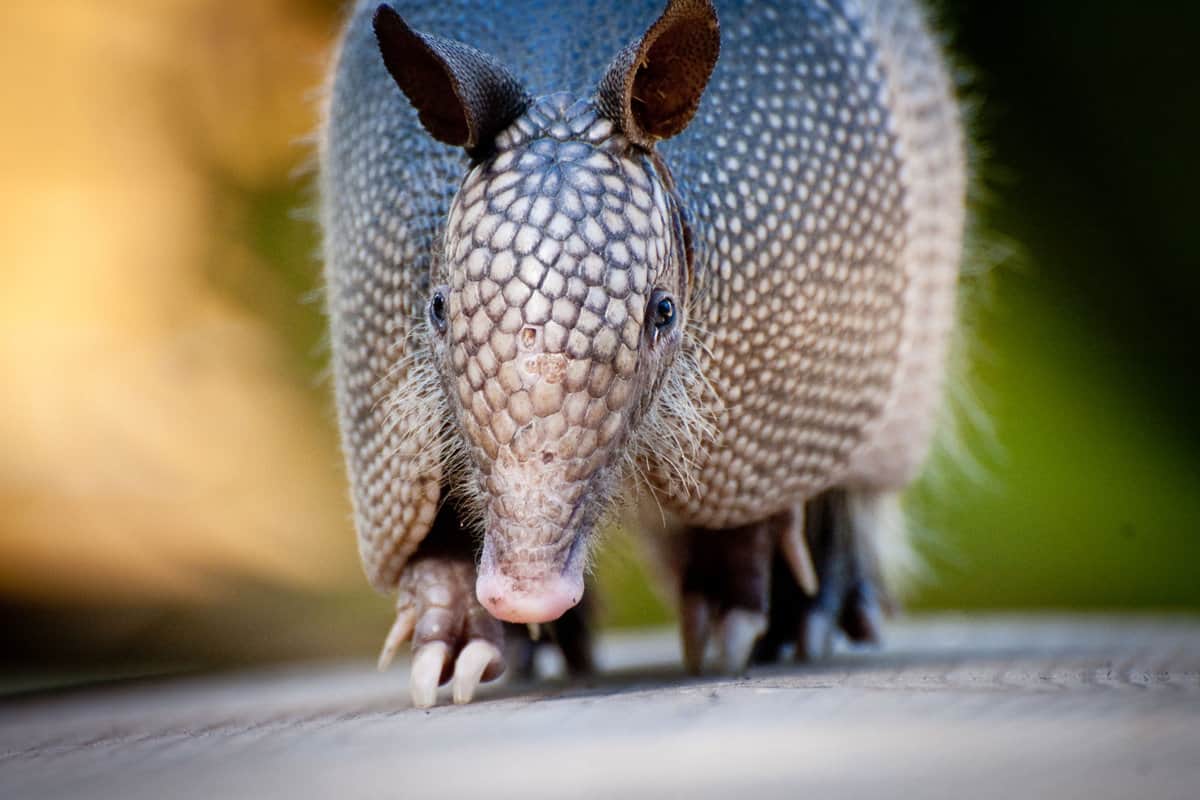
Hidden beneath their armor-like exterior lies a world of wonder. Armadillos, with their segmented shells and tiny, curious eyes, are much more than just creatures of the wild.
They possess a certain charm that tugs at the heartstrings of many wildlife enthusiasts.
Why We Adore Armadillos
While often perceived merely as digging experts or insect hunters, Armadillos bring a dash of enchantment wherever they go.
Their miniature stature and seemingly bashful demeanor can often evoke an "aww" from those fortunate enough to encounter them.
Curious Behavior:
Armadillos don't just wander; they express genuine curiosity. Every shuffle, every dig, tells a story.
They often tilt their snouts, trying to sense the world around them, making them appear ever so thoughtful.
A Dreamer's Nap:
Perhaps one of the cutest sights is an armadillo napping. Coiled up in a protective embrace of its own armor, it's a symbol of vulnerability and safety intertwined.
A Gentle Nature:
Unlike some wildlife, armadillos aren’t aggressive or intimidating. Instead, their gentle nature and sometimes clumsy movements can be endearing to watch.
It's like watching a toddler explore a vast world of wonder and innocence.
For those who have a soft spot for armadillos, Florida offers not just a chance to spot them but also an opportunity to bond over shared experiences and stories.
Armadillos in Florida: Gentle Observations and Understanding
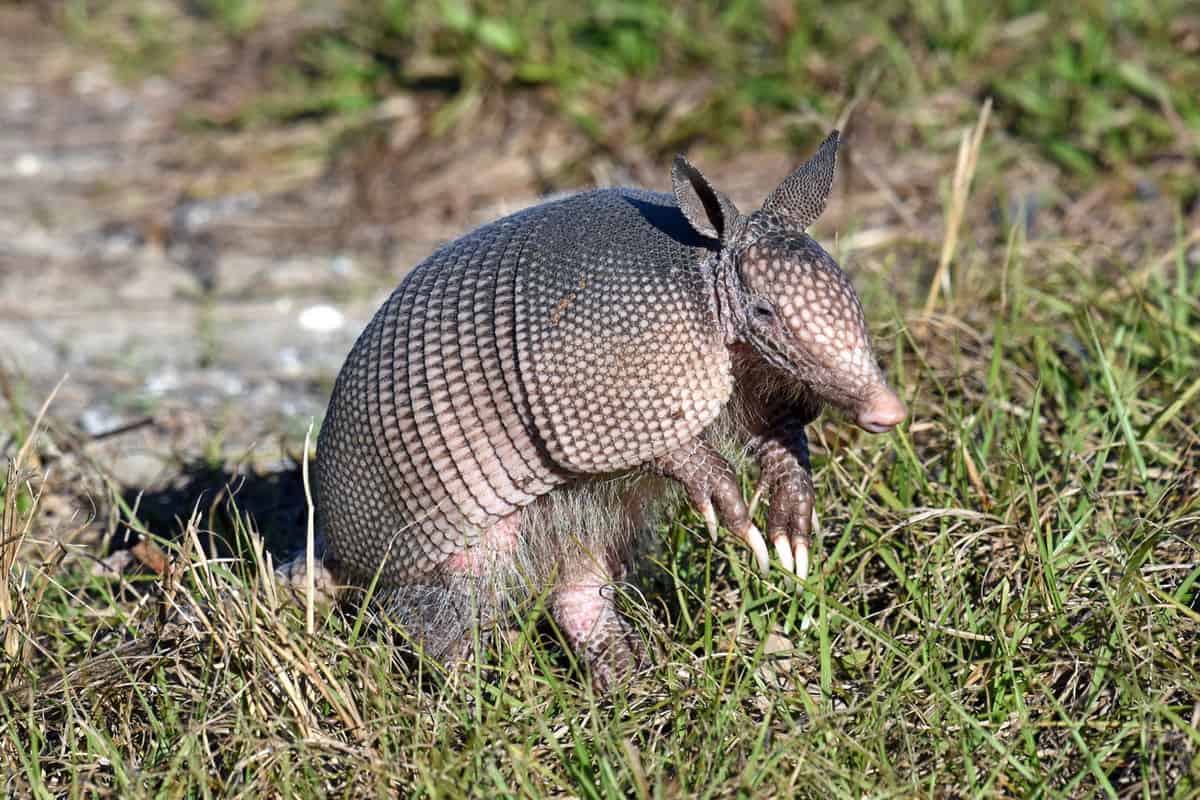
With their curious demeanor and armored beauty, Armadillos capture the hearts of many in Florida.
While they’re typically gentle in nature and are not inclined to act aggressively towards humans, there are a few nuances to be aware of for harmonious coexistence.
Nature's Little Mysteries: Unraveling Facts
Understanding Health Aspects:
While armadillos have been associated with leprosy, it's heartening to know that the chances of transmission to humans are incredibly rare.
Only a handful of cases have been linked to these gentle beings in the U.S.
Nocturnal Wanderers:
Armadillos love the tranquility of the night. This sometimes means they may be less visible to drivers during nocturnal journeys.
It's a gentle reminder to be more observant during evening drives, ensuring safety for both the animal and the driver.
Garden Tales:
Being natural diggers, armadillos might occasionally cause little disruptions in gardens or yards, crafting burrows in their quest for insects.
They might also carry along with them tiny hitchhikers, little parasites that could be a concern for pets.
Embracing Coexistence: Tips for Peaceful Interactions
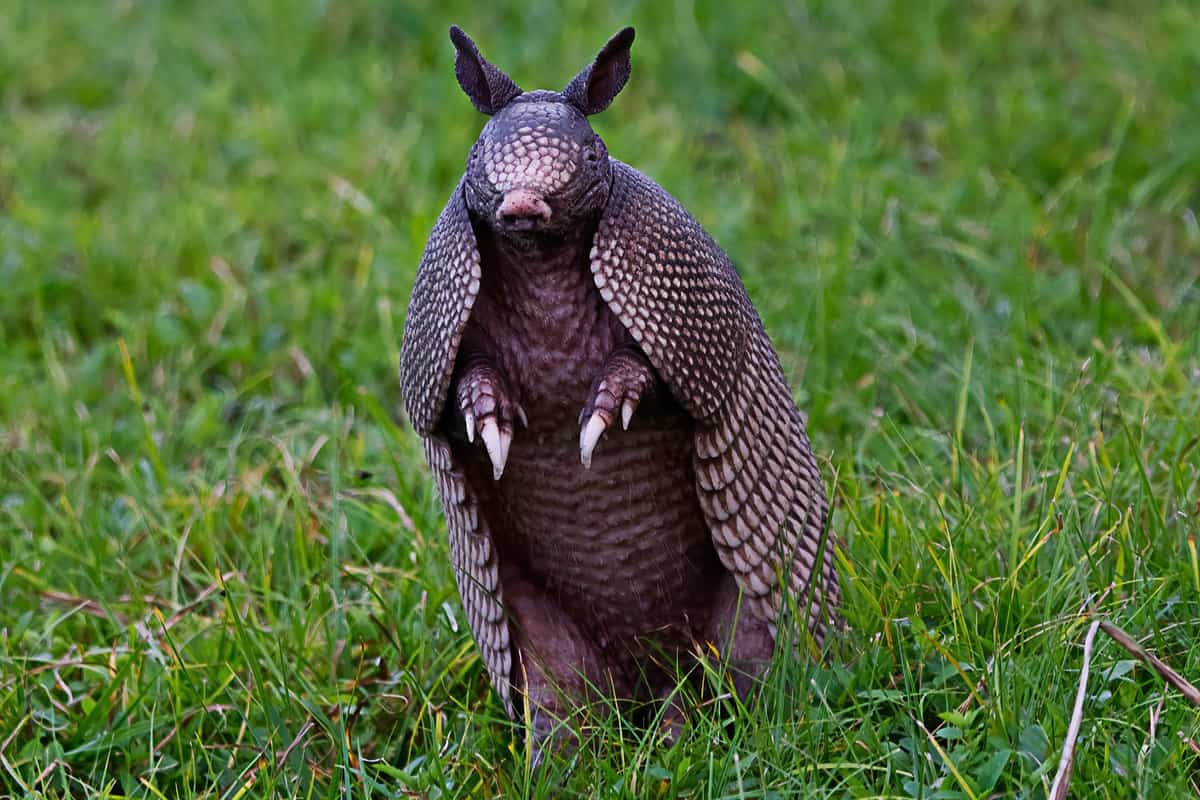
If you're fortunate enough to encounter an armadillo during your Florida sojourn:
- Appreciate from a distance. They’re best admired without direct contact.
- Avoid feeding them or trying to shift them from their chosen spots.
- If their presence raises concerns, especially around homes or gardens, consider contacting professionals who can guide you on wildlife-friendly solutions.
- Wearing gloves and ensuring cleaned areas are disinfected for those garden tidying days can be helpful.
- Our furry or feathered pets might be curious, too. Giving armadillos their space is wise, keeping pets at a safe distance.
- When you find an armadillo in distress, your local wildlife rehabilitation center can be a beacon of help.
By understanding these gentle wanderers a bit more, we can ensure that our adventures in Florida are filled with delightful armadillo memories, safely and respectfully experienced.
How Did Armadillos Get to Florida?

Armadillos are native to South America but have been introduced to several other parts of the world, including Florida.
There are two main theories about how armadillos got to Florida:
Natural migration
It is possible that armadillos migrated to Florida naturally by crossing the Isthmus of Panama, which connects North and South America.
However, this theory is not widely accepted, as it is believed that armadillos are not good swimmers and would have difficulty crossing the Isthmus of Panama.
Human introduction
The more widely accepted theory is that armadillos were introduced to Florida by humans.
In the early 1900s, armadillos were brought to Florida as exotic pets. Some of these armadillos escaped or were released into the wild, and they quickly began to reproduce.
These armadillos escaped or were released, and they also began to reproduce.
Today, armadillos are common in many parts of Florida.
They are considered to be an invasive species, as they can compete with native animals for food and habitat.
With a little patience and luck, you may be able to spot one of these fascinating creatures in the wild!

Do you have a source for “Armadillos were also introduced to Florida for scientific research. In the 1920s, a pair of armadillos were brought to Florida by a scientist who was studying leprosy.” I am researching the link between armadillos and leprosy in Florida counties.